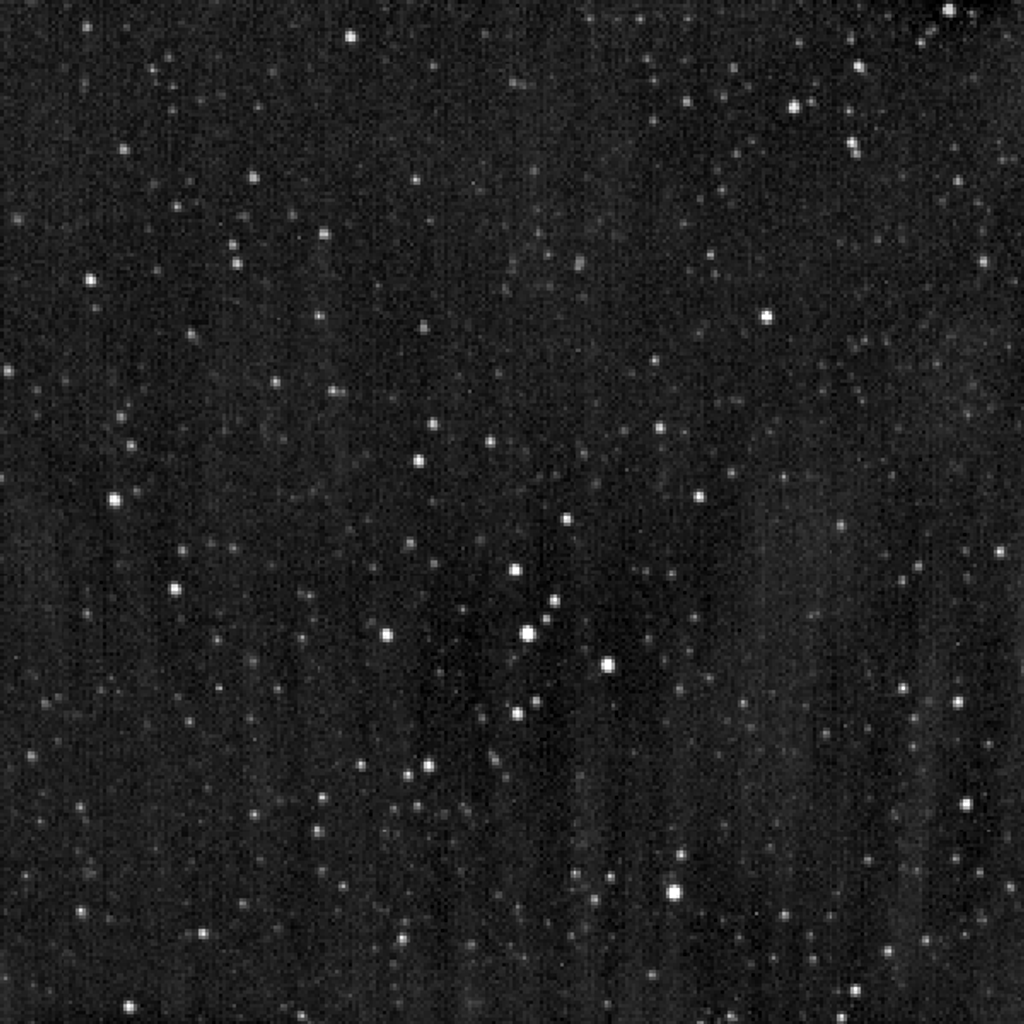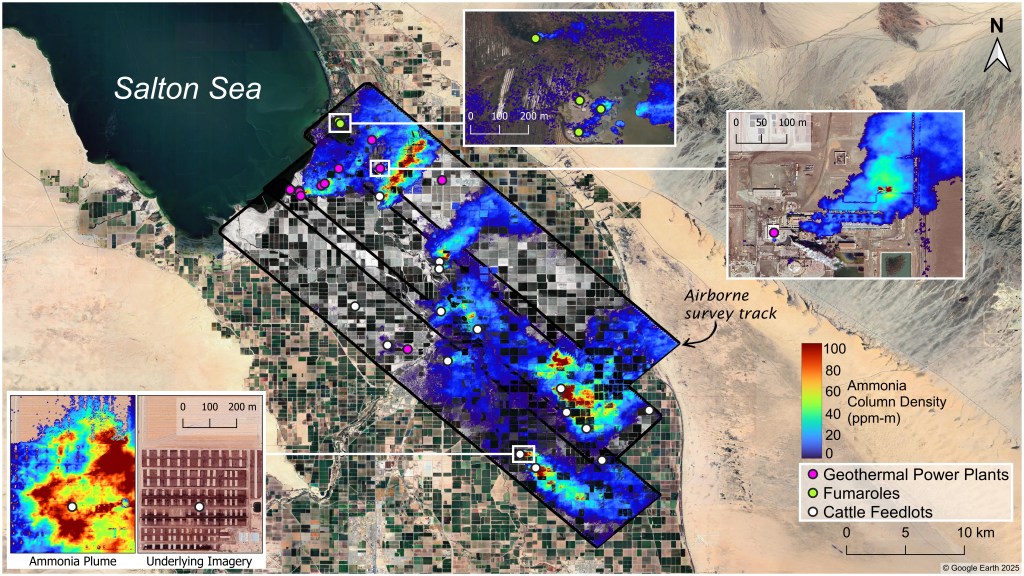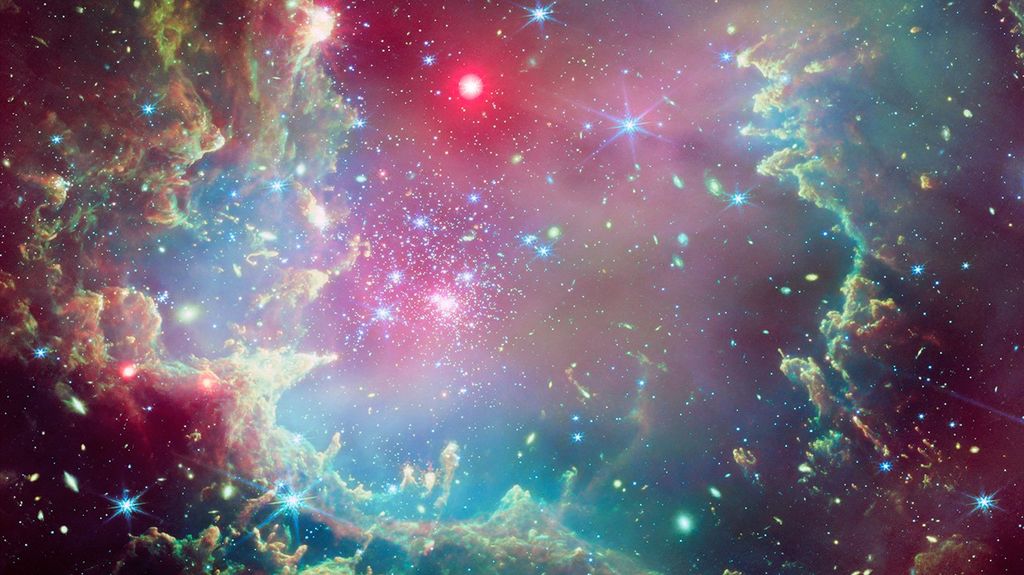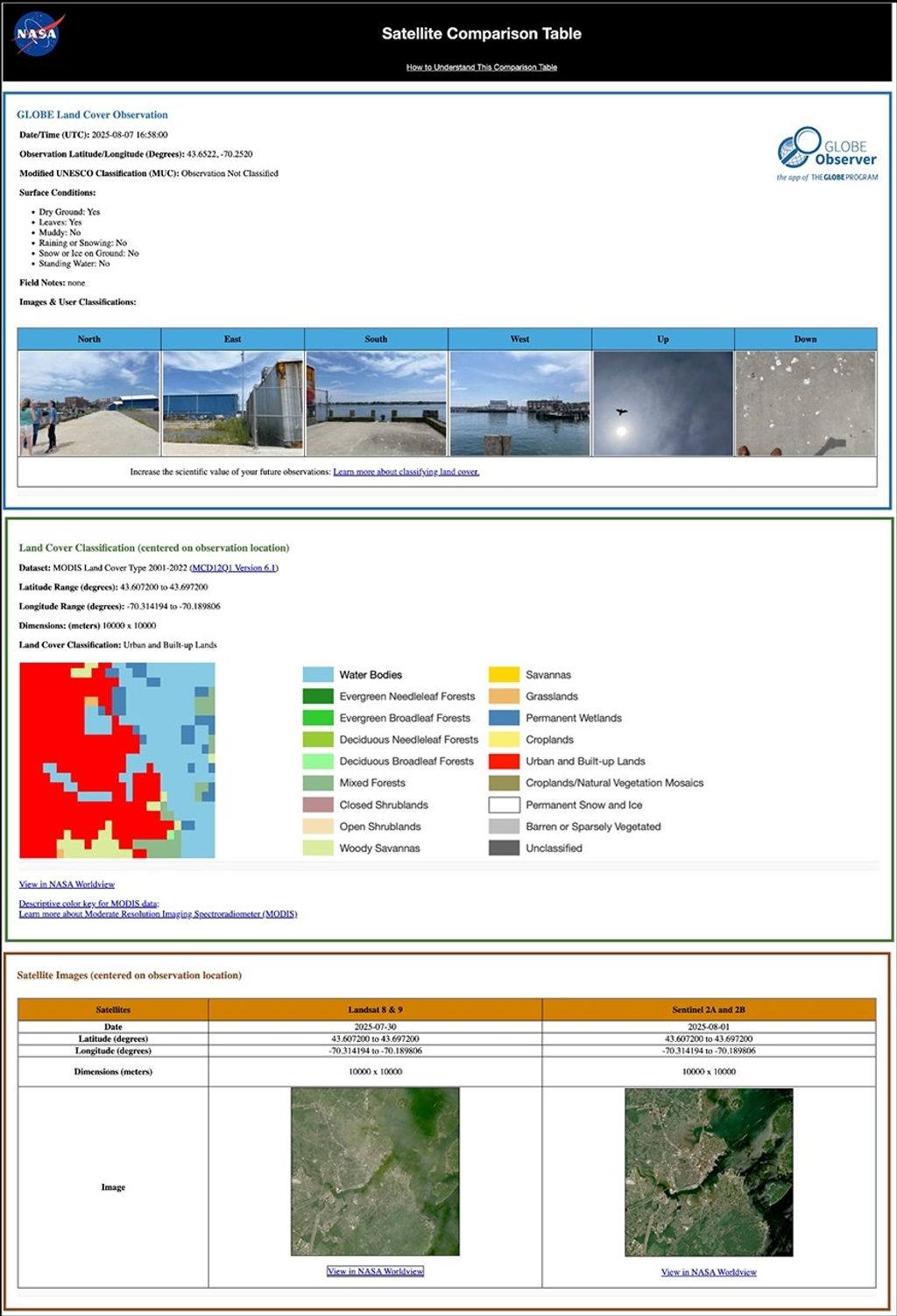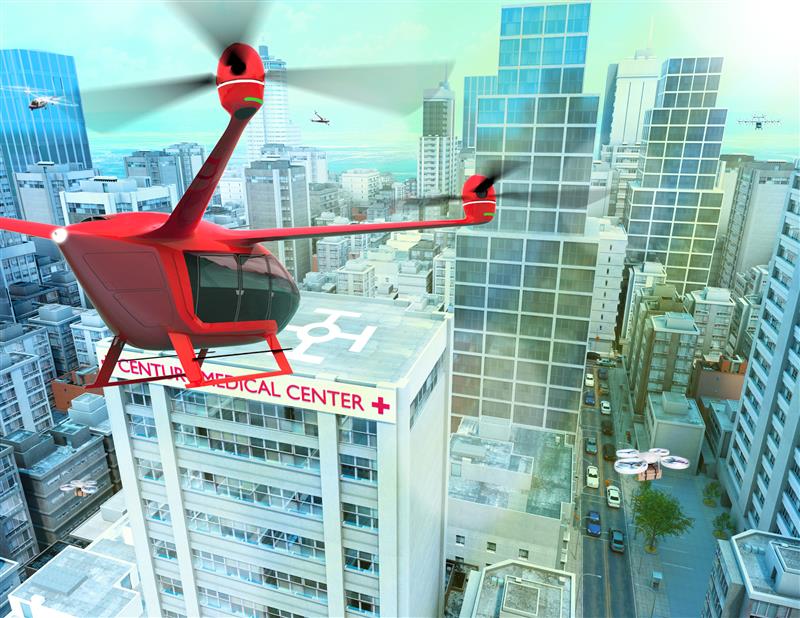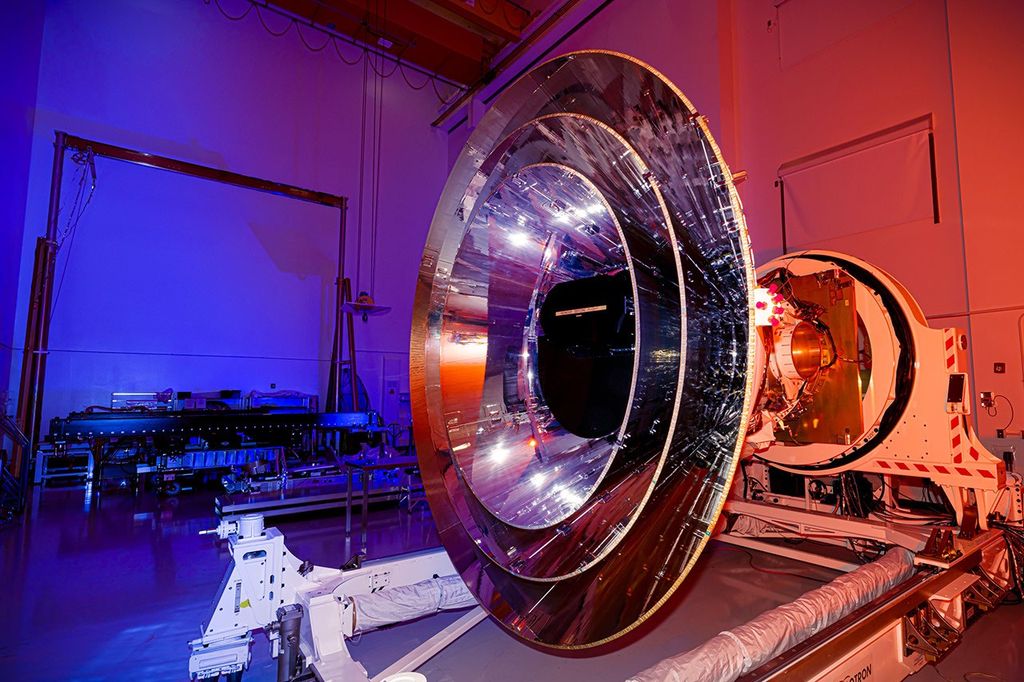Perseids Meteor Shower Lights Up the Sky
Marshall scientist Bill Cooke and his team, from the Meteoroid Environment Office at Marshall Space Flight Center, watched the sky during the peak of the Perseid meteor shower. The team used the Marshall meteor cameras the evening of August 12 and into the early morning August 13 to capture images of the Perseids. 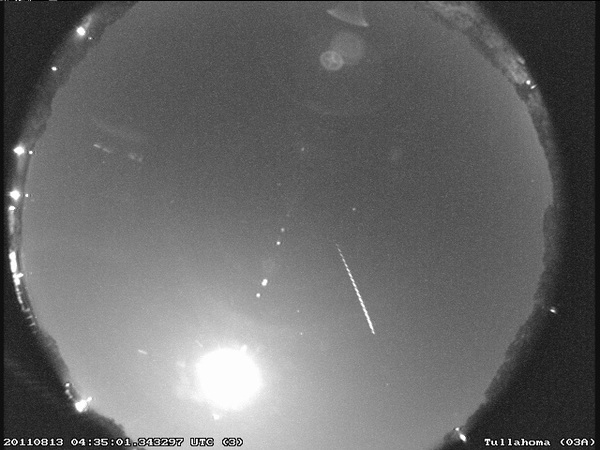 Meteor over Tullahoma, Tennessee (Courtesy: NASA/MSFC/Meteoroid Environment Office) The Perseids have been observed for about 2,000 years. The source of the annual meteor shower is the debris trail left behind comet Swift-Tuttle. Each year in August, the Earth passes through a cloud of the comets debris. These bits of ice and dust burn up in the Earth’s atmosphere. Most of the Perseid meteors that we observe now were ejected from Swift-Tuttle about 1,000 years ago.
Meteor over Tullahoma, Tennessee (Courtesy: NASA/MSFC/Meteoroid Environment Office) The Perseids have been observed for about 2,000 years. The source of the annual meteor shower is the debris trail left behind comet Swift-Tuttle. Each year in August, the Earth passes through a cloud of the comets debris. These bits of ice and dust burn up in the Earth’s atmosphere. Most of the Perseid meteors that we observe now were ejected from Swift-Tuttle about 1,000 years ago.
Cooke and his team answered questions about the Perseids during an Up All Night with NASA web chat. You can read a transcript of the web chat (PDF, 550 Kb) to learn more about the Perseids: what creates them, their composition, how old they are, how fast they travel and other fascinating facts.






